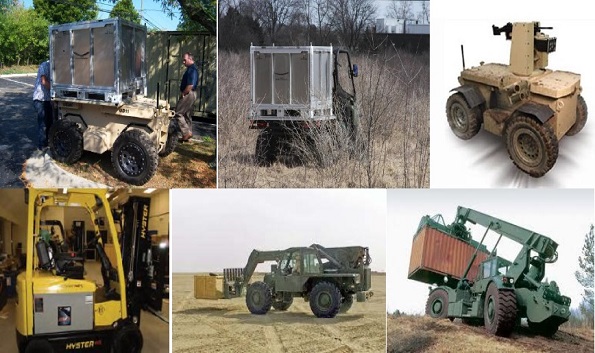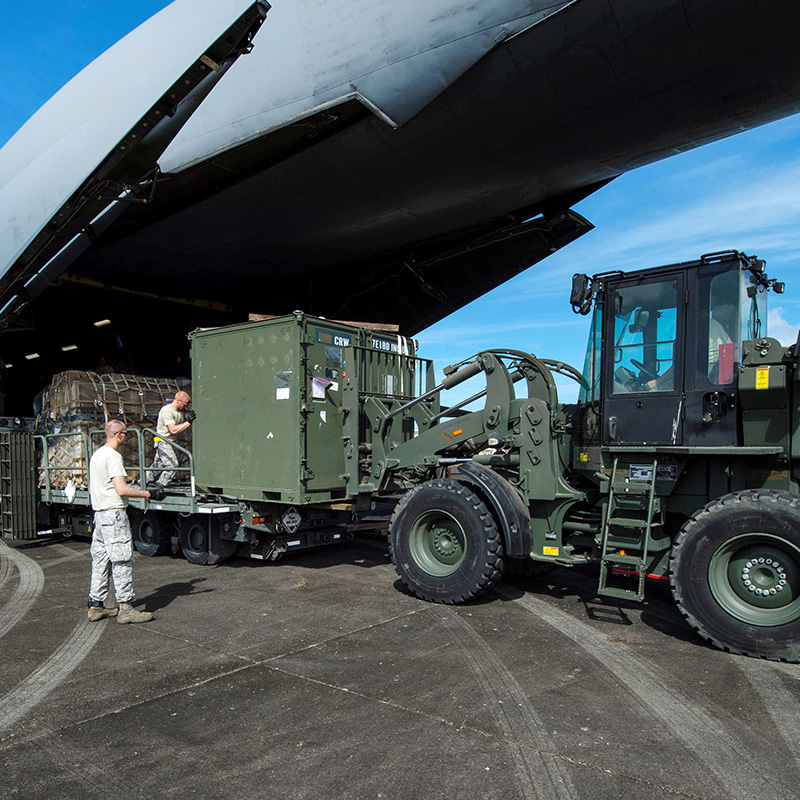Robotics and Automation Improve Output, Efficiency
Cybernet began its work in the development of robotics technology In the early 1990s. The technology applied ranges in fields from computer gaming to augmented reality training to human intention-cued, automated multi-camera surveillance.
Unique Robotic Platforms and User Interfaces
Cybernet has built several small robotic platform systems over the years and has deep experience developing human-robot interfaces and operator stations dating back to the earliest DoD development efforts in this area. The core protocol gateway, terrain, map, and blue-force tracking technology developed for robotics is also used for other military and computer game applications. Cybernet staff are also active participants in the JAUS Working Group.
Navigation, Rendezvous & Docking
The Cybernet team’s experience with 3D optical radar systems traces back to the first ERIM 3D optical radars that were deliverable to the Autonomous Land Vehicle program, and later to the U.S. Postal Service. Our company also has a strong practice in vehicle embedded computer vision applications (ATR, inspection, and navigation/docking) and miniature pointing and location solutions (video trackers and gesture recognition systems, MEMs INS-augmented GPS, parachute descent tracking systems, and GPS/compass combinations).


